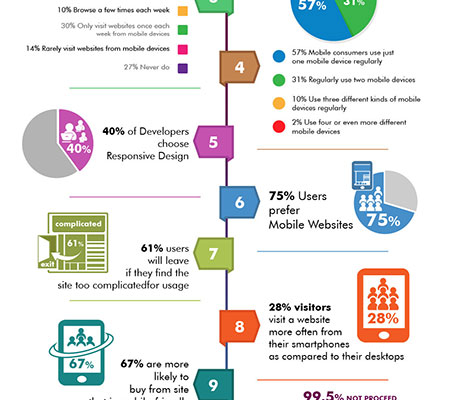Intrigued In Discovering Just How Web Site Layout Has Advanced Over The Years? Explore The Trip From Standard, Simple Layouts To User-Centric Interfaces That Prioritize The Site Visitor'S Experience
Intrigued In Discovering Just How Web Site Layout Has Advanced Over The Years? Explore The Trip From Standard, Simple Layouts To User-Centric Interfaces That Prioritize The Site Visitor'S Experience
Blog Article
Published By-Jonasson Dodson
In the past, internet sites were straightforward and concentrated on information. Navigating was direct, and layout was for desktops. Now, individual experience is key. Data guides layouts for very easy navigation. Receptive layouts fit various tools. Today, dark mode decreases pressure, and minimal food selections enhance navigating. Interactive attributes engage customers, and vibrant visuals attract attention. AI integration enhances interaction. See just how design has advanced to enhance your online trip.
Early Days of Website Design
In the early days of website design, simpleness reigned supreme. Web sites were fundamental, with restricted shades, fonts, and formats. The emphasis got on offering info instead of showy visuals. wordpress design and development accessed the net with slow dial-up connections, so speed and capability were vital.
Navigation menus were straightforward, generally situated at the top or side of the web page. Websites were made for computer, as mobile browsing wasn't yet common. Material was king, and designers focused on simple readability over complex style elements.
HTML was the primary coding language used, and designers needed to work within its restrictions. Computer animations and interactive features were marginal compared to today's criteria. Websites were static, with little dynamic content or tailored user experiences.
Rise of User-Focused Style
With the evolution of site layout, a shift towards user-focused style principles has ended up being significantly noticeable. https://archeryfmsy.blogripley.com/30464233/immerse-on-your-own-in-the-craft-of-producing-fascinating-advertisement-copy-including-captivating-headlines-and-compelling-calls-to-action-to-push-your-pay-per-click-pay-per-click-campaigns-towards-success , developing internet sites that prioritize user experience is critical for involving site visitors and attaining organization objectives. User-focused style includes understanding the needs, preferences, and actions of your target market to customize the internet site's design, material, and includes accordingly.
Developers now perform extensive study, such as customer surveys and usability testing, to collect insights and comments directly from individuals. This data-driven approach assists in developing user-friendly navigating, clear calls-to-action, and aesthetically appealing user interfaces that resonate with site visitors. By putting the user at the center of the design procedure, web sites can supply a more tailored and delightful experience.
Receptive layout has actually additionally become a key aspect of user-focused layout, ensuring that internet sites are optimized for different tools and screen sizes. This versatility boosts access and functionality, accommodating the varied means users connect with sites today. Essentially, the increase of user-focused design indicates a change in the direction of producing electronic experiences that prioritize the needs and assumptions of completion individual.
Modern Trends in Website Design
Discover the most up to date patterns shaping web design today. One popular trend is dark setting layout, supplying a smooth and contemporary look while minimizing eye strain in low-light settings. One more vital fad is minimal navigating, streamlining food selections and improving individual experience by concentrating on essential elements. Integrating micro-interactions, such as animated buttons or scrolling effects, can create an extra appealing and interactive website. Responsive style remains critical, guaranteeing seamless user experiences across numerous gadgets. Furthermore, making use of vibrant typography and unbalanced formats can include aesthetic passion and draw attention to particular content.
Integrating AI modern technology, like chatbots for client support or personalized referrals, enhances customer involvement and improves processes. Access has also end up being a significant pattern, with developers prioritizing comprehensive layout methods to deal with diverse individual needs. Accepting sustainability by enhancing website efficiency for speed and efficiency is an additional arising fad in website design. Working together with user feedback and information analytics to iterate and improve design continually is vital for remaining appropriate in the ever-evolving electronic landscape. By welcoming these modern fads, you can create an aesthetically enticing, easy to use website that reverberates with your audience.
Conclusion
As you reflect on the development of internet site layout from the very early days to now, you can see how user-focused design has come to be the driving force behind modern-day fads.
Accept the journey of change and adaptation in web design, always keeping the individual experience at the forefront.
Keep existing with the most up to date patterns and modern technologies, and never stop advancing your method to create aesthetically stunning and user-friendly internet sites.
Progress, adjust, and create - the future of web design is in your hands.
